U.S. scientists have developed a substance that makes you tanned – while protecting your skin from harmful UV radiation.

Credit: Nisma Mujahid and David E. Fisher, MD, PhD, Cutaneous Biology Research Center, Department of Dermatology, Massachusetts General Hospital
We all know that the sun increased the risk of UV radiation damaging our skin, potentially leading to skin cancer in the long run.
U.S. scientists are now possibly on the tracks of a type of substance that triggers the skin natural protection and cell production of a dark pigment, our bodies in-house protection against UV radiation.
The substance was initially discovered in 2006, the same team of scientists then managed to trigger pigment production in mice, now, 11 years later, they were also successful in doing so in human skin.
The pigmentation resulting from this new substance is exactly the same as the pigmentation obtained from UV light from the sun, but without the damage, according to the researchers.
“We are excited about the possibility of inducing dark pigment production in human skin without a need for either systemic exposure to a drug or UV exposure to the skin,”
– David E. Fisher, professor of dermatology at Harvard Medical School and one of the researchers behind the study.
Enzymes called salt-inducible kinases (SIKs) were known to regulate transcription of a protein even further down the pigmentation pathway, and inhibiting SIK expression had been shown by a research group in Japan to activate pigmentation in mice.
The team developed a small-molecule SIK inhibitor that reaches far into the skin and prevents the production of SIK protein. Since, when SIK levels fall, pigmentation is activated.
The teachers then tested the molecule on mice and on cultured human skin – applying the substance topically on the skin continuously over eight days – both became resilient to UV radiation and tanned as a result. It activates pigmentation pathways without damaging UV radiation.
“We believe the potential importance of this work is towards a novel strategy for skin cancer prevention,”
“Skin is the most common organ in our bodies to be afflicted with cancer, and the majority of cases are thought to be associated with UV radiation. But we’ve found that the picture is more complicated, that red-blonde pigments are also more intrinsically carcinogenic, whereas dark melanin is intrinsically beneficial if not produced through use of dangerous UV injury to skin. Our approach could help switch pigments to those found in darker skin, without a need for UV exposure.”
“We need to do more control studies, which is always necessary when we want to develop new treatments for treatment, but this may lead to new ways of protecting against damage such as cancer arising from UV- The radiation,
– David E. Fisher
The research team’s next step is to continue testing the safety of the small molecule in animals before doing toxicity studies in humans.
The study has been published in the scientific journal Cell Reports.
Journal Reference:
David E. Fisher, MD, PhD et al. A UV-Independent Topical Small-Molecule Approach for Melanin Production in Human Skin. Cell Reports, June 2017 DOI: 10.1016/j.celrep.2017.05.042

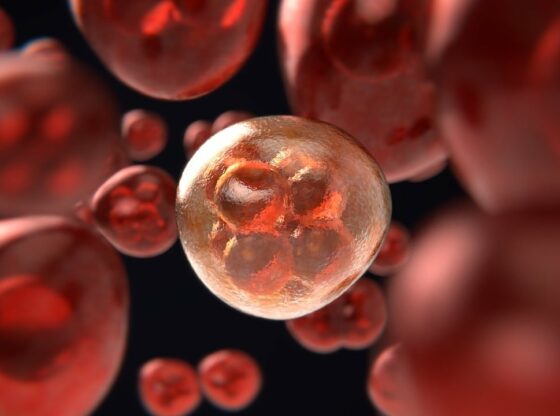



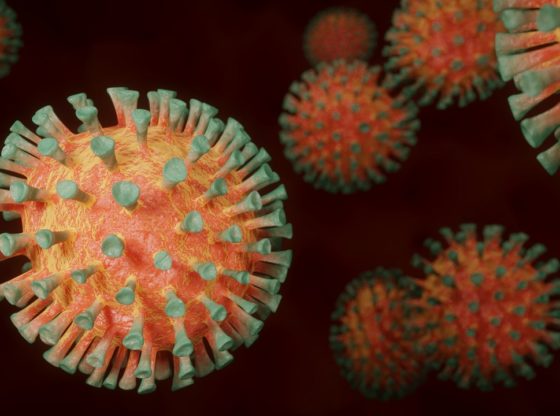
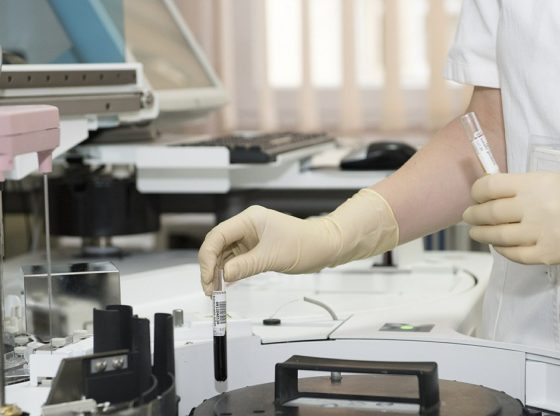
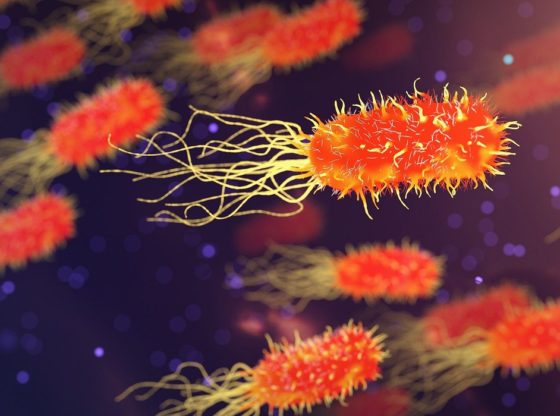
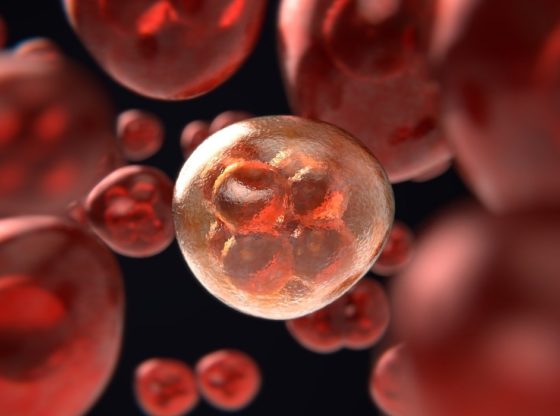


![OpenAI. (2025). ChatGPT [Large language model]. https://chatgpt.com](https://www.illustratedcuriosity.com/files/media/55136/b1b0b614-5b72-486c-901d-ff244549d67a-350x260.webp)
![OpenAI. (2025). ChatGPT [Large language model]. https://chatgpt.com](https://www.illustratedcuriosity.com/files/media/55124/79bc18fa-f616-4951-856f-cc724ad5d497-350x260.webp)
![OpenAI. (2025). ChatGPT [Large language model]. https://chatgpt.com](https://www.illustratedcuriosity.com/files/media/55099/2638a982-b4de-4913-8a1c-1479df352bf3-350x260.webp)








